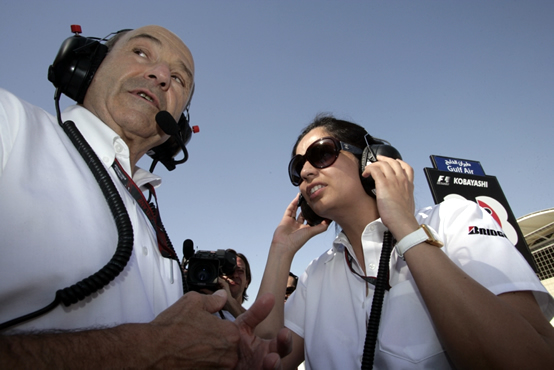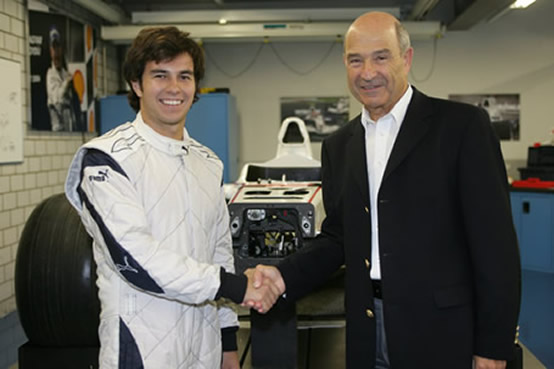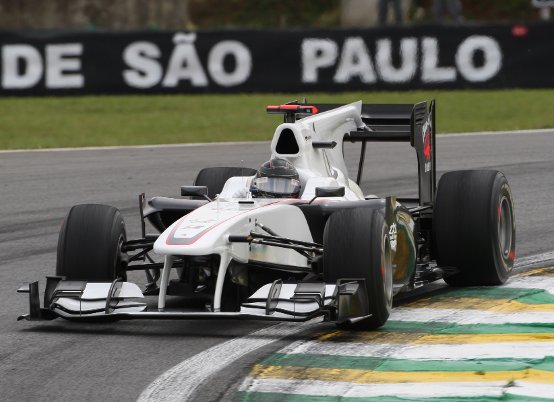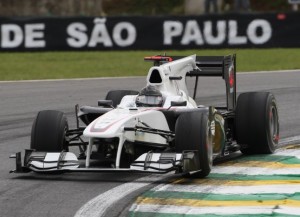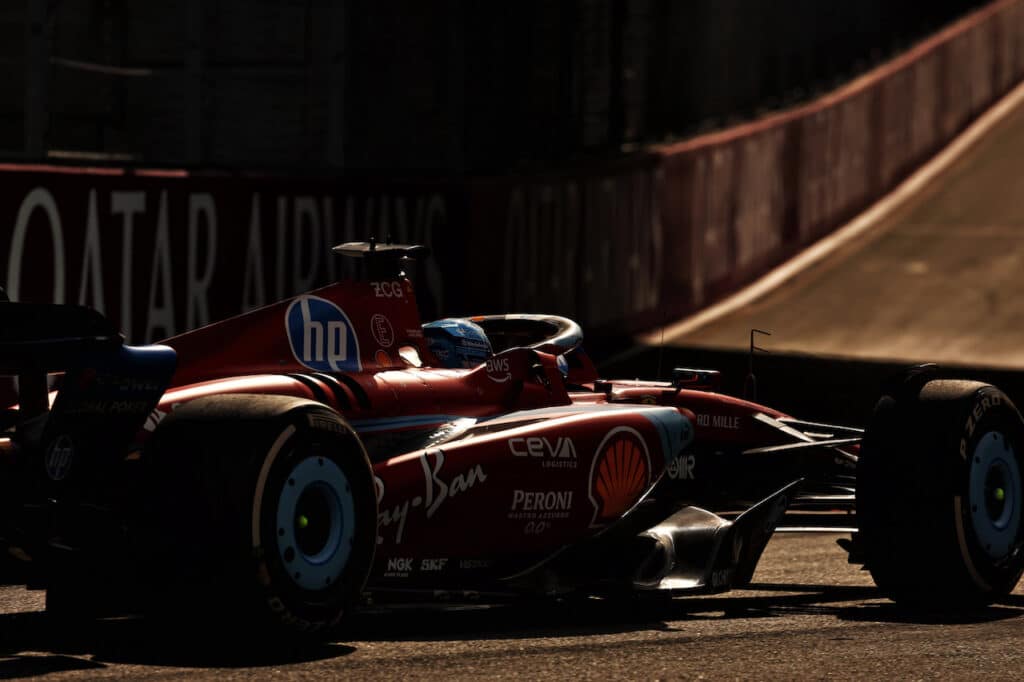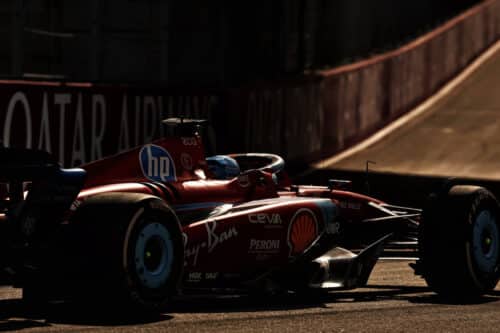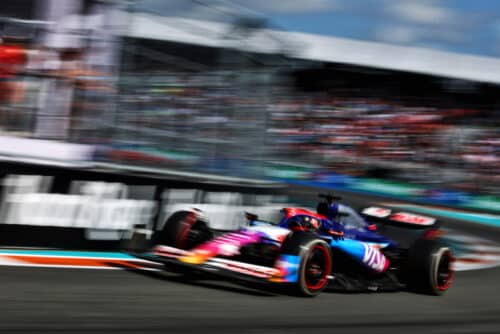Brembo is ready for the technological challenge in the Formula One World Championship

Brembo braking systems adapt to the needs imposed by the new technical regulations of the 2009 season, which begins this weekend with the Australian Grand Prix. Among the most important innovations are a more shifted braking distribution on the front axle and lighter calipers thanks to the new design. Seven teams take to the track with the material provided by Brembo: BMW Sauber F1 Team, Brawn GP F1 Team, Force India Team, Panasonic Toyota Racing, Red Bull Racing, Scuderia Ferrari Marlboro, Scuderia Toro Rosso.
2008 season: "tailor-made" braking and plenty of victories
Since last year, Brembo has adapted to the need for profound customization of the braking systems linked to the different design choices of the single-seaters. Each of the supported teams required a bespoke braking system, closely integrated with the chassis design and subject to continuous development throughout the season.
According to the technical regulations, the front and rear brakes must have separate hydraulic circuits and the distribution of pressure on the two axles can only be modified manually by the driver directly from the cockpit. However, some teams, with the collaboration of Brembo, have developed systems that vary the front-rear load distribution during braking, in order to "copy" the intrinsic behavior of the car more and more faithfully. In the 2008 season we remember the victories on notoriously demanding tracks for the brakes such as those of Bahrain (UAE), where the Ferraris took first and second place, while the BMWs crossed the finish line in third and fourth position and also in the equally severe circuit of Montreal (Canada), where the BMWs finished first and Brembo in second place in 2009. The development of the braking systems to be used in the season that has just begun was influenced mainly by two factors: the reduction of the aerodynamic load, due to the limitations of the wing surfaces and, in contrast, the increase in mechanical grip guaranteed by the return to slick tyres. These technical innovations will make this season's single-seaters slower in fast corners and faster in slow corners for the benefit of the spectacle.
Furthermore, the introduction of the innovative braking energy recovery system (KERS) committed many resources in the first phase of development, when it was not yet entirely clear the impact that the new technical regulation would generate. For several months Brembo has been working in collaboration with the various teams to achieve the best design in relation to the characteristics of the car during braking.
Different braking distribution between front and rear axle
For 2009, Brembo expects that, due to the new regulations, the load on the front axle of the vehicle will increase, reaching a level fluctuating between 60 and 65% compared to a load that varied between 55 and 60% in 2008. It should be underlined that the 5% variable also depends on the driver's driving style. In essence, those drivers who tend to brake with the car mainly in a straight line will shift the braking distribution more to the front (65%); those who delay braking by modulating when entering a curve will limit the load on the front axle (60%).
Lighter and more compact brakes at the rear
Considering the previously mentioned aspects, i.e. the reduction of the aerodynamic load, which mainly concerned the rear, the transition to slick tires, which led above all to an increase in the performance of the front end and the adoption of KERS, Brembo has calculated that, in 2009 compared to 2008, the rear brake caliper could be resized by optimizing its weight component. Since the use of KERS varies the portion of braking power destined for the rear axle, Brembo has made the system more manageable by adequately designing the caliper and reviewing the specifications of the friction materials offered in order to make the rear axle less sensitive to torque and temperature variations. Generally speaking, in 2009 the rear calipers will be lighter and more compact thanks to the new design studies carried out by Brembo.
New friction materials for discs and pads
Brembo is also continuing to evolve the friction materials for discs and pads, with the aim of making its materials further manageable in light of the broad torque and temperature spectrums in operation. Due to the lesser use of the rear brakes, the performance of the friction material, on some tracks, must be well kept under control to limit the phenomenon of "vitrification": a chemical process that tends to occur when the brakes are not particularly stressed.
if you want to always be updated on our news
Follow us here
